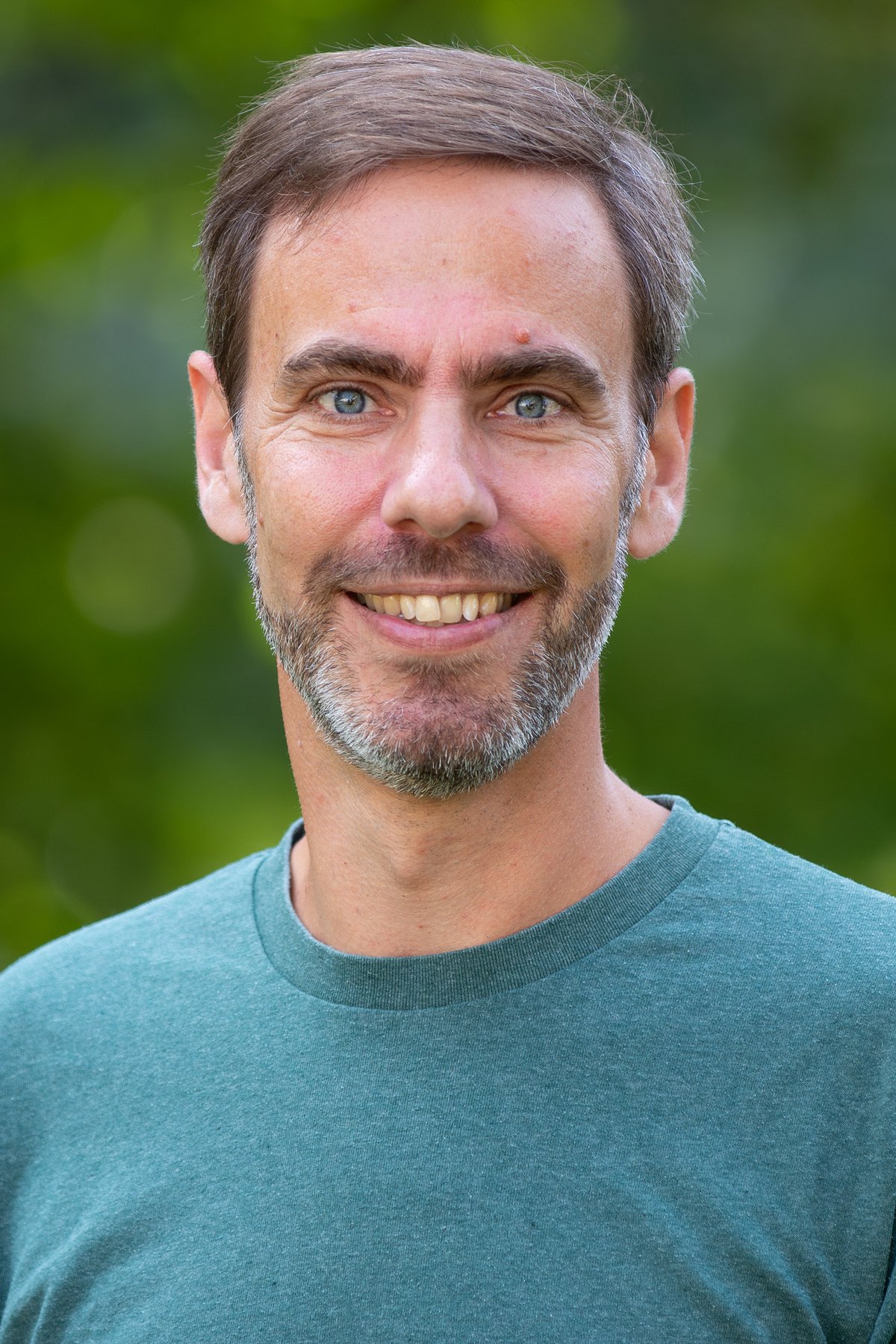How can we encourage more people to be physically active?
This question is the focal point of Associate Professor Rasmus Østergaard Nielsen's epidemiological research on active lifestyles.
Active communities are crucial for our health
"My dream is for my research to be implemented in practice and help more people participate safely in physical activities together with others."
Rasmus Østergaard Nielsen is fascinated by how to make more people physically active. He researches how to motivate and maintain the population in an active lifestyle and how general practitioners can "prescribe" physical activity. This can be achieved, for example, through building bridges between the healthcare sector and activities rooted in the local community.
"If more of us remain active, the prevalence of costly diseases will be prevented, and more people can live a more active life."
He also investigates how sports injuries, particularly running injuries, develop and how they can be prevented, allowing more people to be active without getting injured.
Physical inactivity poses a threat to public health
More and more people are becoming inactive – including so-called screen children, sofa parents, and reticent elderly. According to Rasmus Østergaard Nielsen, this is a public health issue because physical inactivity is a risk factor for the development of many costly diseases such as diabetes, cardiovascular disease, and obesity.
"If more of us remain active, the prevalence of costly diseases will be prevented, and more people can live a more active life."
Running is my passion – both professionally and privately
Since starting his bachelor's degree in physiotherapy, Rasmus Østergaard Nielsen knew he wanted to work with running and physical activity. Over the years, he has gathered empirical data from clinical practice, which has allowed him to see things differently from the perspective of citizens and patients. This approach and insight continue to motivate his research.
"When I talk with citizens, patients, health professionals, and trainers, and listen to their stories, I am reassured that what I research makes sense. That is a significant driving force for me."
Rasmus Østergaard Nielsen also greatly values his colleagues at the department, who enrich him professionally through engaging discussions on research methods and approaches. Both his colleagues and his field of study make it enjoyable to come to work every morning.

5 highlights about Rasmus Østergaard Nielsen
- Associate professor in epidemiology and trained physiotherapist.
- Head of the MOVE Research Group
- Leader of a large study on running injuries, the Garmin-RUNSAFE Running Health Study, with participation from over 7,000 runners worldwide.
- Passionate recreational athlete within running, Hyrox, Obstacle Course Racing (OCR) and Crossfit.
- Born in 1980.